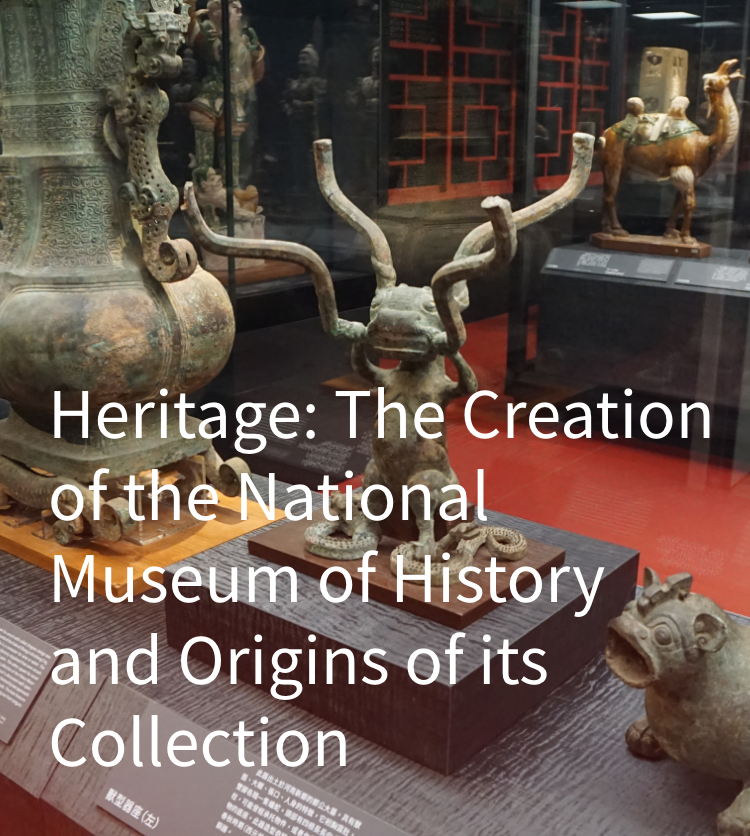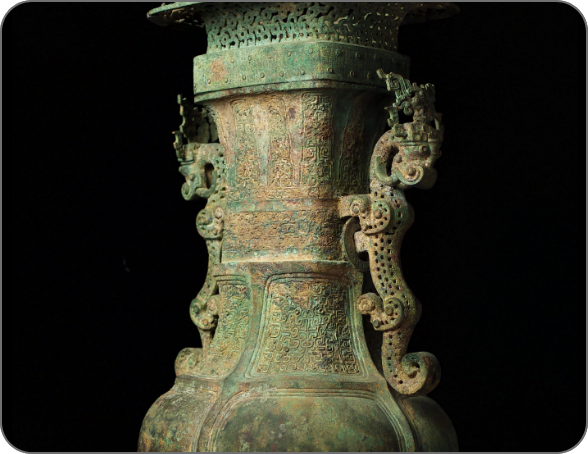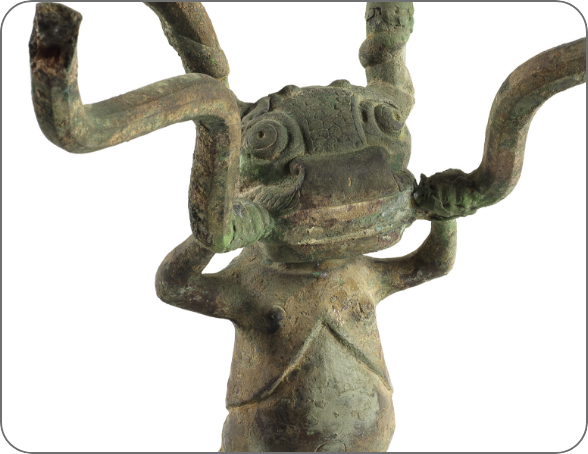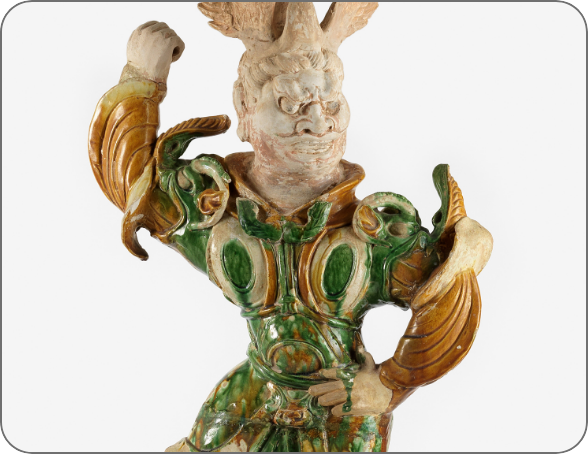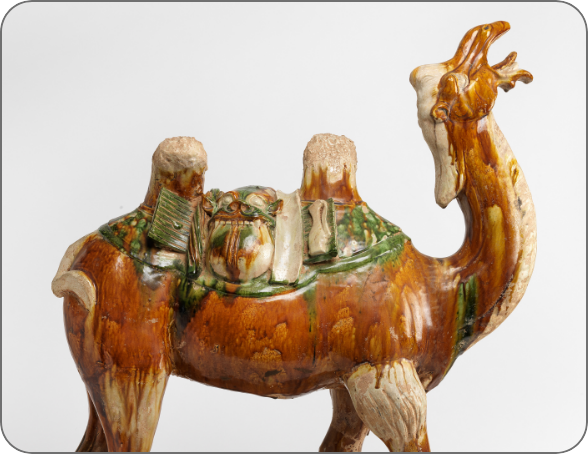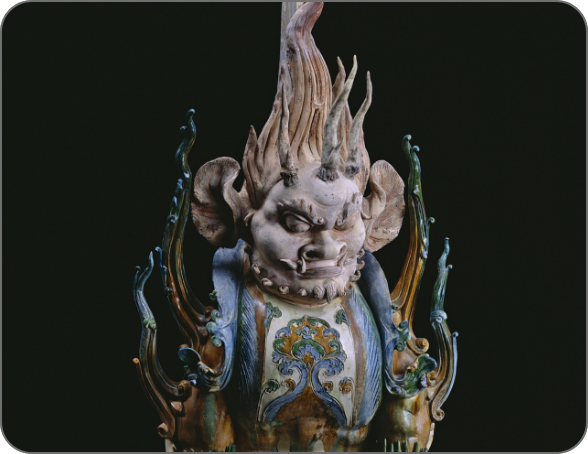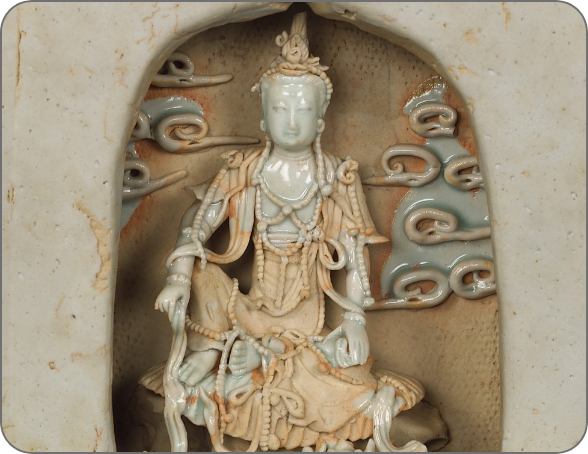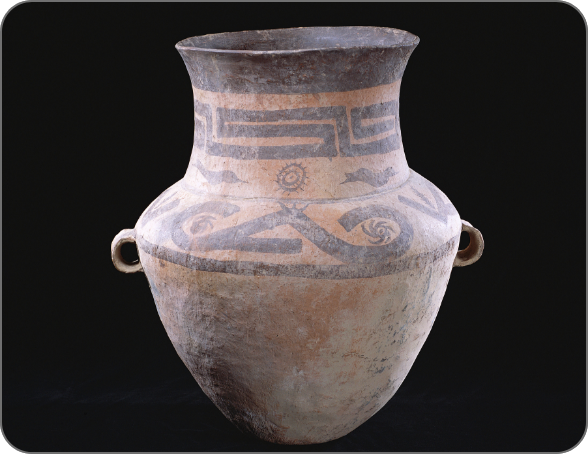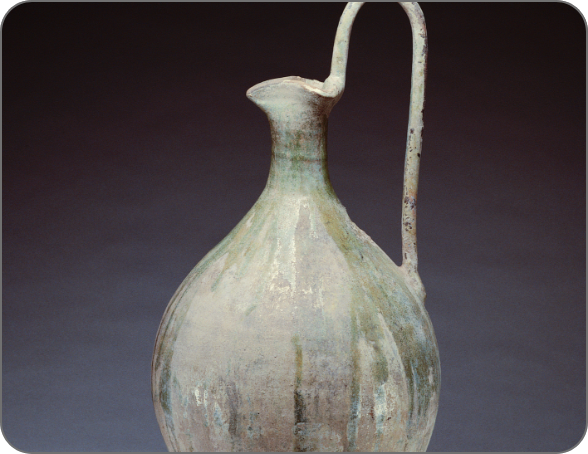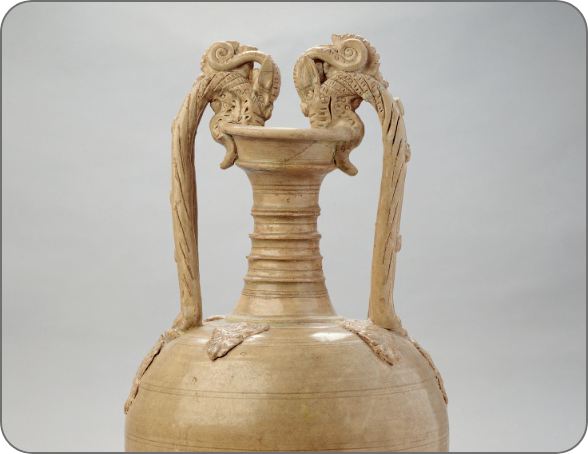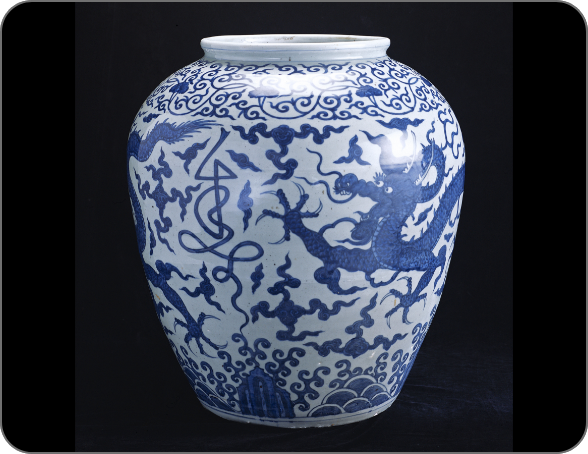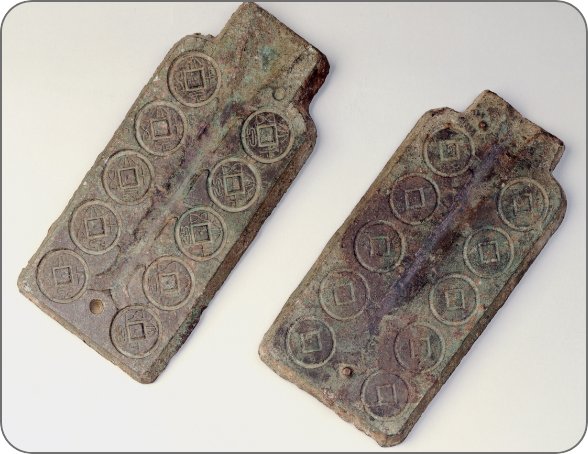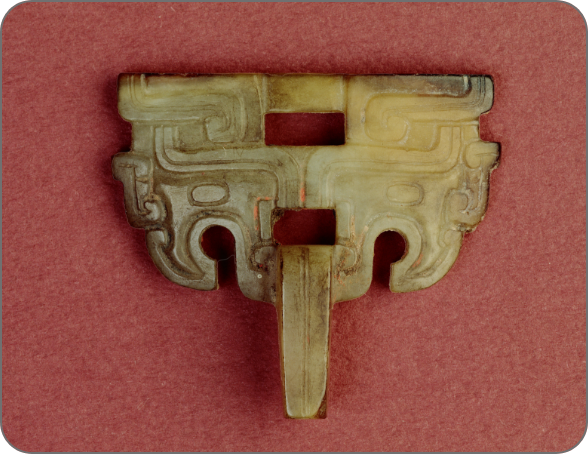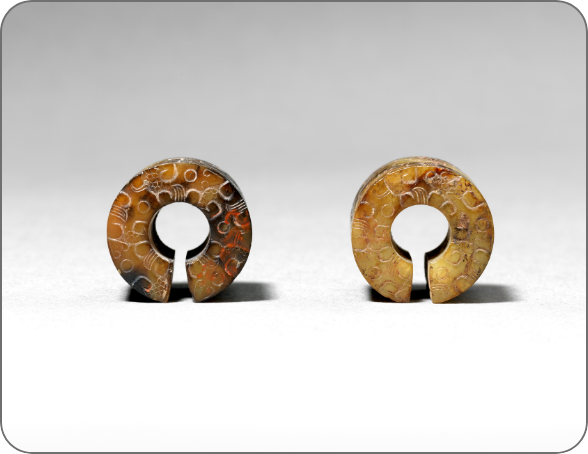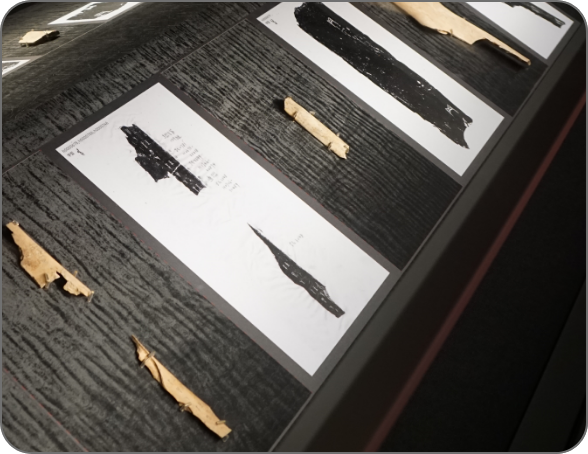Heritage: The Creation of the National Museum of History and Origins of its Collection
The National Museum of History was the first national-level museum established after the government of the Republic of China moved to Taiwan. In 1955, the nation established the National Museum of Historical Artifacts and Fine Arts in hopes of promoting the education of history and fine arts through the collecting and exhibiting of historical artifacts. However, there was no collection at the time, so you could say it was a museum with an idea before anything else.
In 1956, the Museum accepted two batches of important artifacts. The first batch consisted of a large number of representative artifacts plundered from China by Japan since the First Sino-Japanese War. After Japan’s defeat, the artifacts, having significant historical and artistic value, were repatriated to the government of the Republic of China. The second batch used to be part of the collection of the Henan Museum, but it eventually made its way to Taiwan due to upheavals such as the Second Sino-Japanese War and the Chinese Civil War. The two batches of artifacts have formed the foundation of the Museum’s collection. In the same year, the Museum was renamed to the National Museum of History, becoming an important base for the education of history in Taiwan.
In this gallery, relics designated as National Treasures and Significant Antiquities from the Museum’s collection are presented, as well as other representative artifacts. These include prehistoric painted pottery, bronze vessels, tri-color glazed pottery, oracle bones, jade ornaments, porcelain, and religious artifacts. Over the decades, these artifacts not only have been provided to scholars for research and exhibition at home, but also once shouldered the important diplomatic mission of raising Taiwan’s international visibility, making important contributions to the development of national art.
